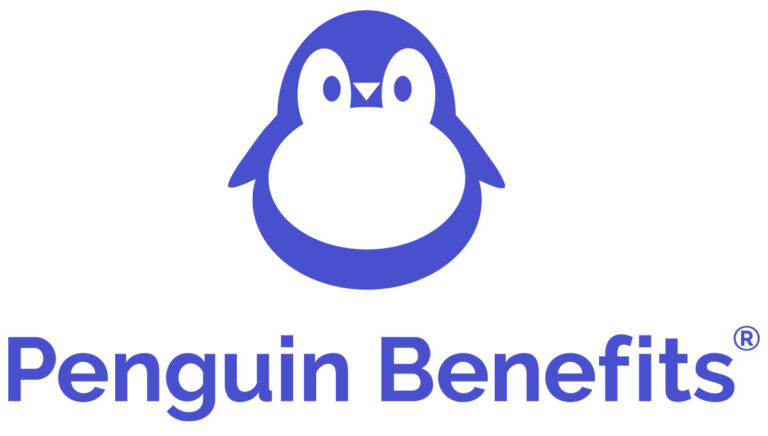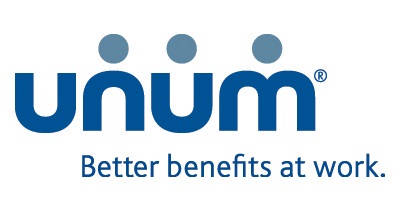
The work we do as human resources (HR) professionals and, specifically, absence and disability compliance practitioners, is hard and it’s getting harder, which makes it essential for teams to make their emotional and physical health a priority. Some experts say that using data helps to substantiate the reason why we need to put a priority on our health and that reframing how we describe self-care also helps. The good news is that data exists.1,2
The need to refuel and find ways to support our emotional and physical health was real before a global pandemic rocked the world. It’s even more important now to access resources that can support this difficult, extremely important — and at times, satisfying — work.
For naysayers who roll their eyes at the “self-care” discussion, consider the statistics: Up to 76% of the workforce is experiencing burnout, and taking a more balanced approach to exercise, diet, and time away from work (also called self-care) can be effective ways to avoid and reduce it.3
Self-care is about finding balance, creating practices to help you succeed, and building support systems to work through emotionally difficult times and maintain a healthy balance.
You and your team will be faced with challenges for which you will not readily know the answers. Teams have been regularly confronted with new and increasingly complex compliance issues they must unravel and manage, which continues to pose challenges for tenured (let alone new) integrated absence management professionals.
These four tenets can help you create a healthy disability compliance team:
1) Know your stuff.
Refresh your knowledge on employer and employee obligations regarding the Americans with Disabilities Act (ADA) disability interactive process. Staying up to date with the knowledge and understanding required for success with individualized assessments can be challenging. Focus on what you know so you can tackle the unknown and create a sense of calm. If you haven’t already, join an HR industry-specific organization that offers continued education or training or that holds events for industry peers to meet and discuss timely topics.
2) Trust the process.
When employing the ADA disability interactive process, employers must create and implement replicable procedures for accommodation requests and needs. The best process includes the following four steps:
- Gather medical data.
- Research and explore accommodation ideas.
- Schedule and hold a reasonable accommodation meeting.
- Implement decisions and conclude the process properly.
When tempers flare and emotions run high, lean into the process to ensure the organization does what the ADA requires of employers. That includes providing:
- a timely, good-faith disability interactive process; and
- reasonable accommodations for covered employees.
3) Create consistency.
No matter how good we are as practitioners, it is impossible to keep all relevant information in our brains and accessible for use. By creating consistent processes, you reduce the time required to ensure you’re heading in the right direction and can act more quickly. Follow a standard procedure each and every time to build muscle memory. Consistently employing this approach builds organizational trust across all parties, from employees and union representatives to attorneys and other practitioners such as performance managers, workers’ compensation teams, and coordinators. By using a consistent approach, processes will become more efficient and effective.
4) Take care of your team (and yourself).
There has never been a harder time in an HR professional’s life. The sustained pressure, stressors, and need to create solutions to new challenges on the go have taken a toll. And it’s not over, so take care. This means:
- Take a vacation. No really, take one.
- Implement boundaries around work. A few suggestions:
- Set a specific time when you turn off your phone and computer every evening.
- Make a pact with yourself to not read or answer emails on Saturday.
- Take a lunch break at least once a week when you don’t work while you eat.
- Invest in yourself professionally. Attend trainings, seek certifications, and find a support network. The work we do is unique, and it’s often hard to connect with those who do not do it, such as family members or friends. Create a community of disability professionals outside of your organization to share information and to seek guidance.
- Invest in yourself personally. Choose something — it doesn’t matter what — that helps you feel like you are moving forward in something other than work.
Commit to at least one thing and try your very best to stick with it. Share that with your team and encourage them to do the same. You are working to create a positive work environment that supports you and your team intellectually and emotionally because a happy and healthy disability compliance team does more than survive; the team thrives.
References
- Harvard Business Review. Reframe How You Think About Self-Care. Aug. 20, 2020. Retrieved from https://hbr.org/2020/08/reframe-how-you-think-about-self-care
- Behavioral Scientist. Remedies for the Distracted Mind. Jan. 8, 2018. Retrieved from https://behavioralscientist.org/remedies-distracted-mind/
- Spring Health. How Self-Care Prevents Burnout. Retrieved from https://springhealth.com/blog/how-self-care-prevents-burnout





































